Cadillac ELR Inventories Balloon To 725 Day Supply As Dealers, Consumers Offered Big Incentives
The Cadillac ELR is shaping up to be one of the biggest automotive flops in recent memory – as of May 1, inventories had expanded to a 725 day supply, with Cadillac moving just 61 units in April.
At the start of April, dealers had 1,077 ELRs on their lots. As of May 14th, that number had increased to 1,517, with inventories far outpacing sales of the car.
Now, Automotive News is reporting that dealers are being offered a $5,000 incentive to offer test drivers of the car if they have seven or less unused ELRs in their fleet, and $10,000 for two ELR demos if they have more than seven units. The test drive demos must log 750 or more miles, with the program expiring on June 2nd.
GM is also offering a $3,000 customer incentive if an ELR is purchased or leased (on top of government incentives that already exists), and dealers can qualify for a $2,000 incentive in July or a $1,000 incentive in August for selling ELRs.
While a Cadillac spokesman insists that the inventory backup is a result of production scheduling, the rising inventories, lagging sales and heavy incentives paint a clear picture: the ELR is an overpriced dog that is finding few buyers compared to the much cheaper Chevrolet Volt and the much more prestigious Tesla Model S, to say nothing of the various plug-in and pure EV offerings from other car makers.
Even worse is Cadillac’s inventory picture as a brand: according to the Automotive News Data Center every vehicle except the SRX recording over 100 day’s worth of inventory. Even the much lauded ATS and CTS had 153 and 138 day’s supply, far above industry norms.
More by Derek Kreindler

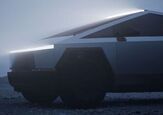
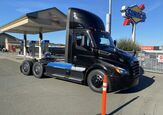












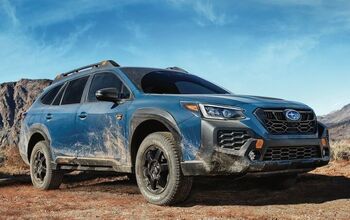

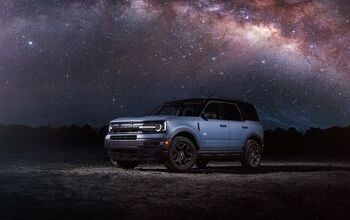
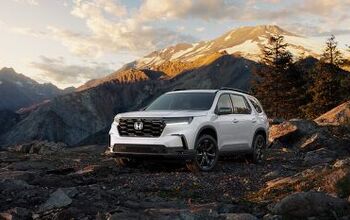
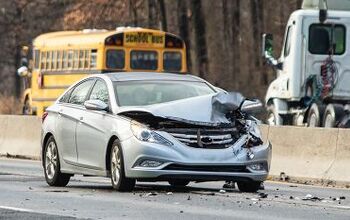
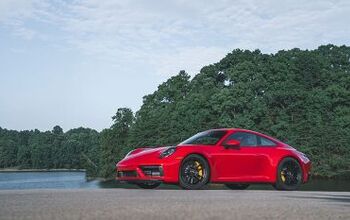
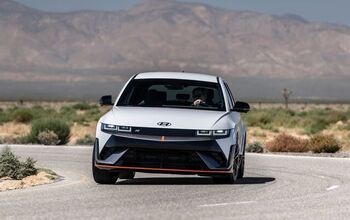

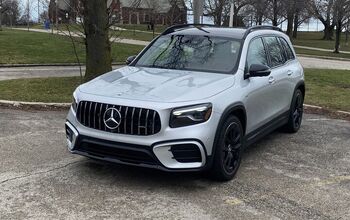
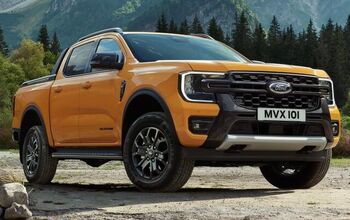
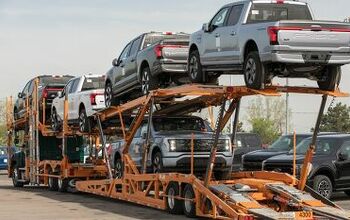
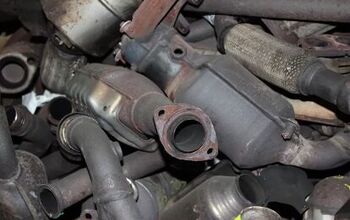
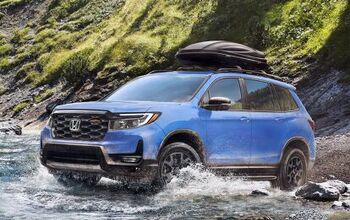
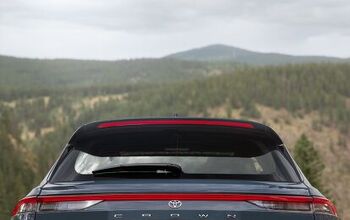
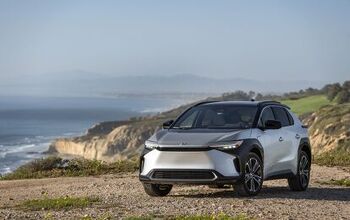
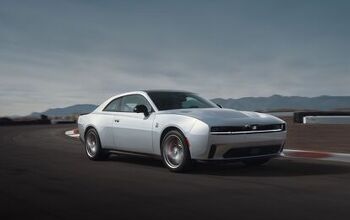

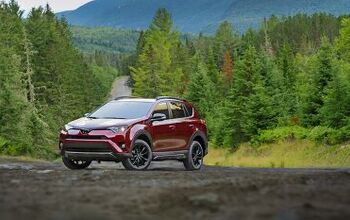
Comments
Join the conversation
The best looking Caddy in a long time. The snowplow front end treatment actually looks less stupid here. The price isn't the problem. Tesla has shown that a decent range is possible & Tesla has taken the upper hand as for the advancement of electric cars. GM put a beautiful body on a Chevy Volt...Not much if any new tech to impress the early adopters. Double the battery range , make the engine more efficient , than price it where it is now. As it stands , The Caddy is the poor mans Prius , at Twice the price. OH , Yeah..that'll work.
Does anyone have a feel for the non-development production costs GM sees for each voltec? Maybe a volume building move on a money looser didn't make sense so they tried this in desperation. I'm fishing for a way for GM moves to make sense. Wasting time.
we'll find out what these jalopies are worth once they begin to appear on the used car market. the exposure to anticipated loss due from enhanced residuals is something that should be disclosed and accounted for in the financials.
As is usually the case with a controversial car, most commenters here seem to have not driven an ELR. I own a Volt and an ELR, so here's an informed view. The ELR is not just a Volt with leather and a badge. Is it worth 2X a loaded Volt? My answer is, yes. I actually get a little *more* range out of the ELR's battery than the Volt's (and both regularly exceed GM's claim). The ELR handles significantly differently from Volt in ways that are uniformly better, including considerably more grip (and less drama) in close-to-their-limits driving. The ELR's "total power" mode is more than ample with midrange power at speed in real driving conditions, and its 0-40 performance (where shove really counts on urban street driving) is quietly beautiful to experience. The paddle-accessible regen-on-demand is a useful corner-entry braking control in active driving and it also promotes more regen in increments than shifting the Volt. My Volt is loaded with factory leather and all options from 2013 except front-facing collision sensing. It's a comfortable car that most people feel is an unexpectedly premium experience when they get in it. The ELR is far beyond it, however. The interior is executed to a craft level at home in cars north of $100,000. As with most modern coupes, the driver and front passenger have ample room and comfort while having the ensconcing wrap of a coupe's interior intimacy. Rear seats are more than vestigial but less than fully accommodating. With some cooperation by the driver and front seat passenger, it is comfortable back there if you are 5'8" or shorter; iffy if you are taller; impossible if you are 6'3" like me. So pretty much like most coupes, though a little tighter because of the roofline. Well, they did essentially build the concept car and GM knocked it out of the park. This is why people buy coupes. The Volt is an admirable mainstream car that happens to be an EV. It too is commonly misunderstood, so GM has to get people to drive it to know it. That's the limiting factor -- they haven't gotten enough people to drive one. This is more so true of the Cadillac ELR. Both cars share the Voltec platform's low center of gravity and extreme chassis strength. The ELR has a much improved front suspension with clearly better articulation, adhesion to the road and resistance to brake dive and squat. The addition of a Watts link to the rear beam axle gives rear suspension 80% of the characteristics of an IRS without the IRS' intrusions in read space. The battery precludes IRS in these cars and that's fine by me. Overall, the ELR tracks roads in a palpably more refined and planted way than Volt. The ELR is also longer and wider than Volt. The driving experience is tactily and emotionally different as a result. It's 80s BMW 6-series vs. that vintage 3 series coupe: planted, serene and cocooning against scrappy, nimble and jostling. The serenity of driving ELR is calming at the beginning of your day, and again at the end on your way home, without feeling isolating or ever pillowy. In short, if you think ELR is just a Volt with leather and a badge, you haven't driven them. There are two remaining themes of attack on the ELR in the interwebz: 1/ ELR is indefensible over Tesla; 2/ ELR doesn't perform like an $80,000 luxury car. ELR vs. Tesla. Tesla S is a big 4-door sedan. If I wanted a big 4-door sedan I might have considered a Tesla, but I didn't want that style of car. The coupe market is smaller, and a specialist market at any price, but a coupe buyer wants a coupe. There's a specific experience to a coupe, whether it's a Mustang, a Honda CRZ, an ELR, or a Bentley Coupe that not even a bastardized "4-door coupe" can emulate, let alone equal. So everyone has to decide what they want, experientially. If you think that makes a coupe a vanity car, fine. Any luxury car is a vanity car. Moreover, as a luxury car, the Tesla S falls short of luxury. This is subjective, but the Tesla S is not a high-touch design, and it lacks interior storage. It's relatively spare inside, though what there is has been fitted well. Spend equal time in the ELR and in the Tesla S and this point should be apparent quickly. Whether you care about it or not is up to you. And while my career is in tech and I use screens every day, I'm not a fan of Tesla's huge touchscreen UI, as currently implemented. But the primary inhibitor to choosing a Tesla S over an ELR is the range problem. Tesla loyalists can pooh-pooh range anxiety all they want and cite the supercharger network ad infinitum. But there are three truths to be grokked: 1/ No one gets the range claimed by Tesla in each of the S' battery sizes. Real world ranges are less. Especially with speed and inclines in the mix. But even if the 85kWh battery achieved Tesla's 265 mile range claim, I could not drive from LA to San Diego and back the same day (which I sometimes have to do) without worrying about whether a supercharger will be conveniently available. LA to Palm Springs and back, forget it. With ELR, I can do whatever I want. 2/ The Supercharger network isn't very extensive now, and when it is built, it will be in the wrong places. I don't care nearly as much whether I can drive from LA to Phoenix on I-10 in a Tesla S, knowing a supercharger or two are available. If I have to go to Phoenix I'll probably fly. For distances, I'm a lot more interested in driving, say, up US 395 to Mono Lake or Tahoe. Or staying off I-5 to go to San Francisco. Or if I were in the Northeast, in driving the many alternate routes between DC and Maine that keep me off I-95. Or I want a blue highways ramble in any state I am visiting. Superchargers are not going to be everywhere in a country of over 3.5 million square miles. And neither are battery swap stations. 3/ The automobile is for freedom, not restriction. 82 mile range EVs are great 2nd or 3rd cars for local commutes only but they aren't primary cars and don't cost like it either. A 265 mile range EV is great some of the time. But when I want to go, I want to go where and when I want. If I'm paying $80K for a car, I want to drive it. Here's where I'll mention that getting all the ELR's features (except for range extender) in a Tesla S pushes the Tesla to well over $100K. So, while I like the idea of a Tesla S, and I like the car itself, its owners' disdain for anything less pure EV is not endearing to the brand. I didn't buy one for good reasons, and obviously most people who buy cars in Tesla's price range for S models, buy something else. Then there is this matter of the ELR not performing like other $80K cars. Do I care? In a field of ICE-powered $80K cars where the selection and compete criteria are speed, Gs and "feel," none of them perform like an ELR. I've had a series of high horsepower cars, one more expensive than the ELR. All fun. But so what? None of the competing cars in ELR's price range have its driving serenity and low eco footprint. Yet ELR has design that trumps most of them, and an interior that is fully sumptuous and on or above their level. In other words, I don't save on gasoline to save money. I simply want to burn less gasoline while still having a premium car. I live in a major urban driving environment where my last 556 hp car achieved an average speed of under 25mph on most tanks of gas. It's nonsense. The shove of an EV motor is quite satisfying in a different way. I just bought my first refill of gasoline for my ELR after 9 weeks -- all of 6.3 gallons. My lifetime fuel economy average for my ELR relative to miles traveled is 111. My Volt, after 17 months is at 108. When I use gasoline to run the cars' generators, the Volt sees typically about 44mpg on gas alone, and the ELR so far sees about 39mpg on gas alone. There are no other luxury $80,000 cars that can do this. The difference to my LADWP electric bill barely registers. The main thing is, I am contributing far fewer pollutants than before, and I am doing far less business with the oil supply chain, its zone pricing and fast-rise/slow fall economics, than before. Both are wins. Net, no one who wants a top-motor Jag is looking at an ELR, and no one looking for true luxury eco is considering a 400+hp ICE Jag at $80K. GM marketing has been obfuscating the Voltec platform's function and the driving/ownership experience it creates. It's a nuanced idea that requires deft positioning and communication. Not getting it right is hampering sales. Double that for the ELR, where the education burden is complicated by the luxury overlay. Maybe they'll fix the marketing; maybe not. But these similarly-powered, very different cars are outstanding performers for the right owners, and for the right owners really nothing else will do. Phil